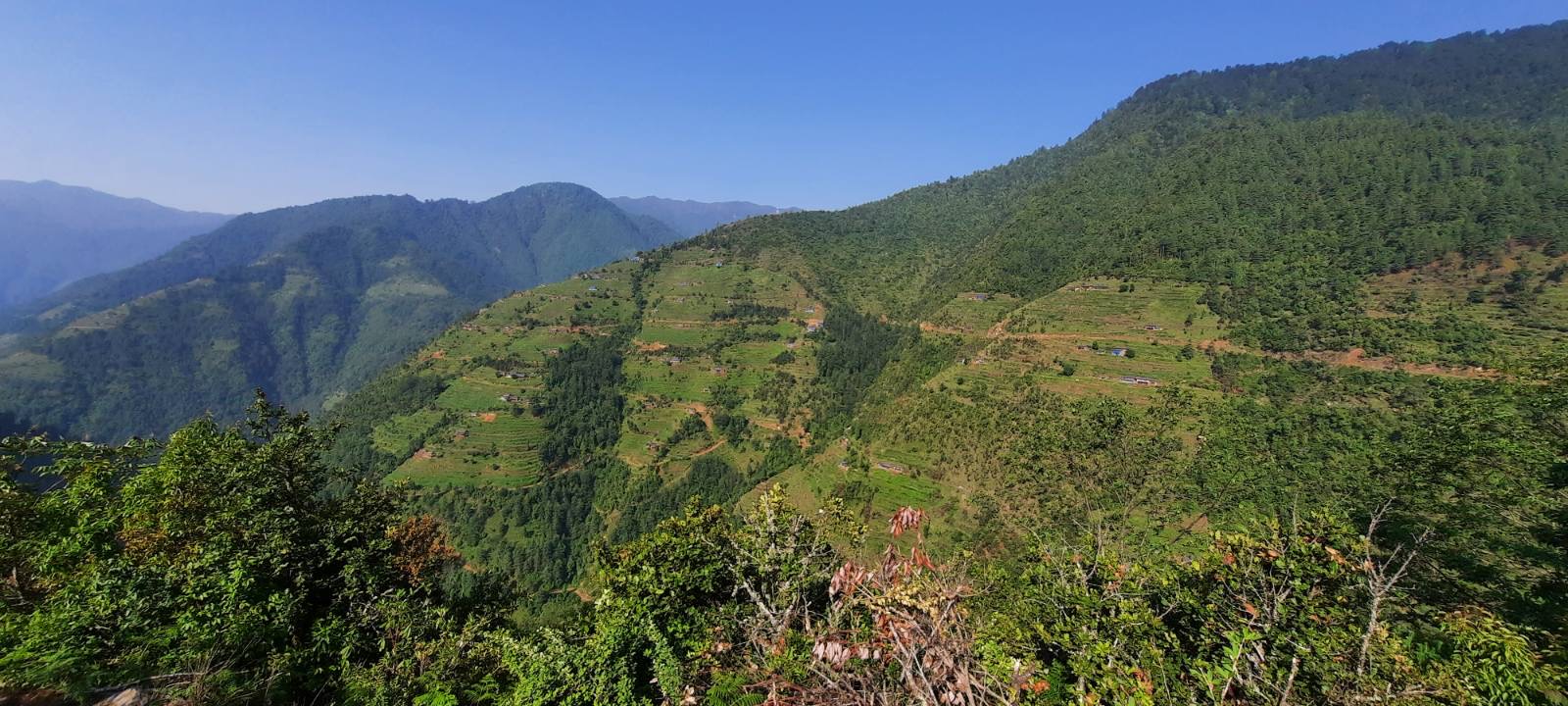From living fossils and Lazarus species to ancient giants and medicinal wonders, EDGE Gymnosperms are some of the most weird and wonderful plants on Earth
The gymnosperms (conifers, cycads, and their relatives) on Earth today–which comprise around 1,100 species worldwide–emerged more than 320 million years ago, during the early Carboniferous period. However, despite many gymnosperm species thriving in gardens around the world, they are among the most threatened organisms on Earth, with 40% of species at risk of extinction. This is around double the proportion of threatened species of all plants, according to recent estimates, and higher than that recorded for birds and mammals. This alarmingly high extinction risk of gymnosperms is driven by habitat loss, climate change and overexploitation.
The Ginkgo (Ginkgo biloba) has been evolving separately from all other living species for 315 million years and is the sole surviving representative of the entire order Ginkgoales. That means the Ginkgo split from all other living species more than 70 million years before the dinosaurs first appeared! Worryingly, it is facing extinction in its native China due to historical overexploitation having greatly reduced the wild populations, despite the species being widely cultivated, and is listed as Endangered on the IUCN Red List. It is unsurprising, therefore, that the Ginkgo is the number one EDGE gymnosperm.
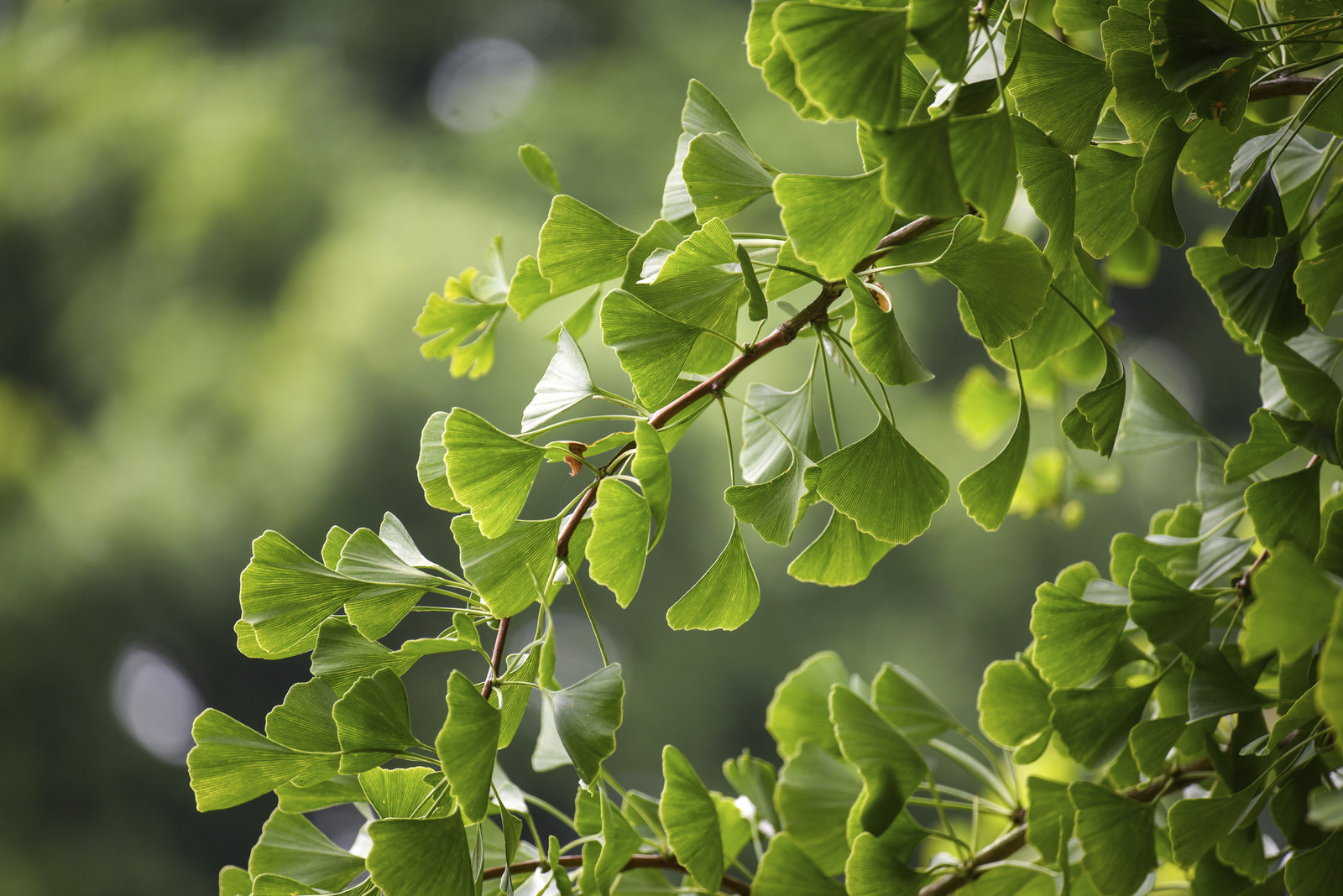
Coming in at a close second on the EDGE list is the ancient Wollemi Pine (Wollemia nobilis), a species said to have ‘risen from the dead’ as it was only known from the fossil record until 1994, when a living tree was discovered in a remote gorge of the Wollemi National Park, Australia. With only 80 mature individuals now thought to remain in the wild, this Critically Endangered ‘Lazarus’ species is highly threatened by climate change-induced wildfires. Similarly, the world’s largest tree, the Giant Sequoia (Sequoiadendron giganteum), which is the sole living species in its genus, can live for more than 3,000 years and grow up to 100 metres tall. It exists now mainly in protected areas on the western slopes of the Sierra Nevada Mountain range but is currently at high risk of extinction from fires.
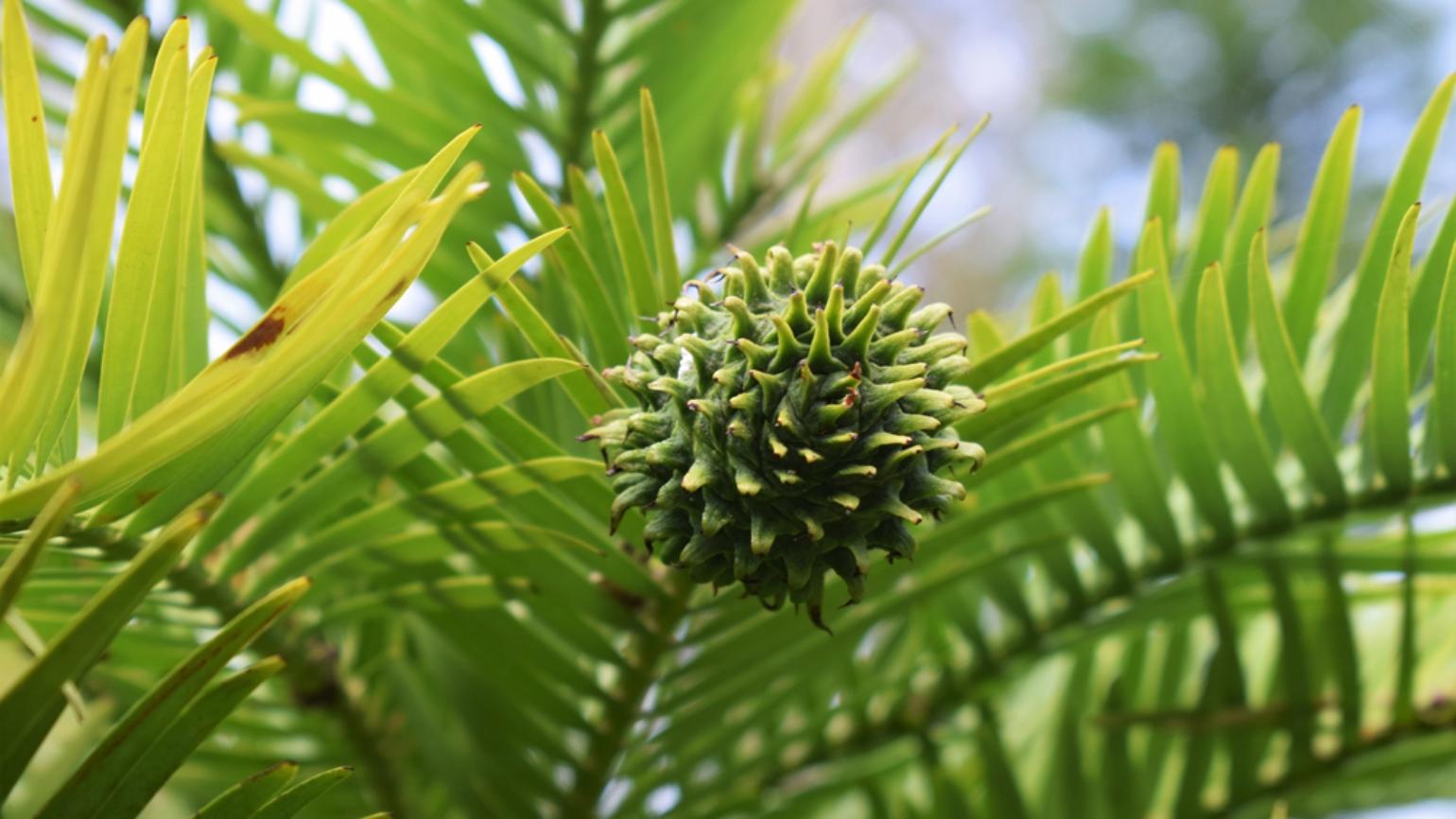
The EDGE Gymnosperm List comprises 58 genera from 10 families, across all four surviving orders of cycads, conifers, Ginkgo and gnetophytes. Alongside rare and lesser-known species on the EDGE List, such as the Chinese Swamp Cypress (Glyptostrobus pensilis) is the Monkey Puzzle (Araucaria araucana) a common sight in gardens around the world, but alarmingly ranked number eight on the list, and under threat from fires and encroachment from commercial plantations.
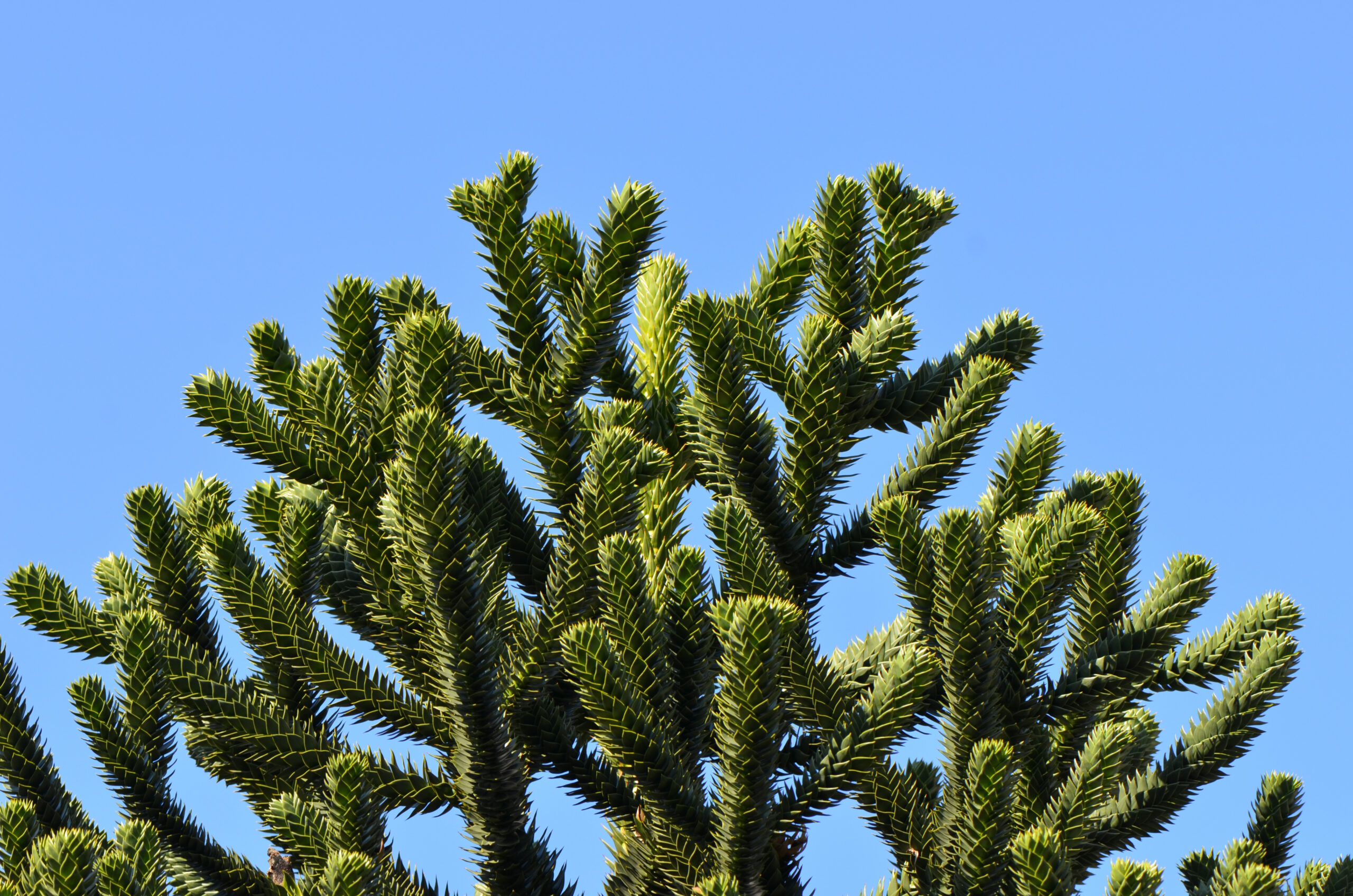
Plants provide a wide array of benefits to society, from food and construction material to medicine, fuel and even spiritual wellbeing. Recent research has shown that by protecting the evolutionary history of the world’s plants, we can effectively capture the benefits they currently provide. Further, by conserving the most evolutionarily unique species, we can safeguard species that often provide multiple benefits to people. Due to their unique combinations of characteristics and benefits to humans–whether realised now or yet to be discovered–losing these evolutionarily unique gymnosperms would mean there is literally nothing like them left on Earth.
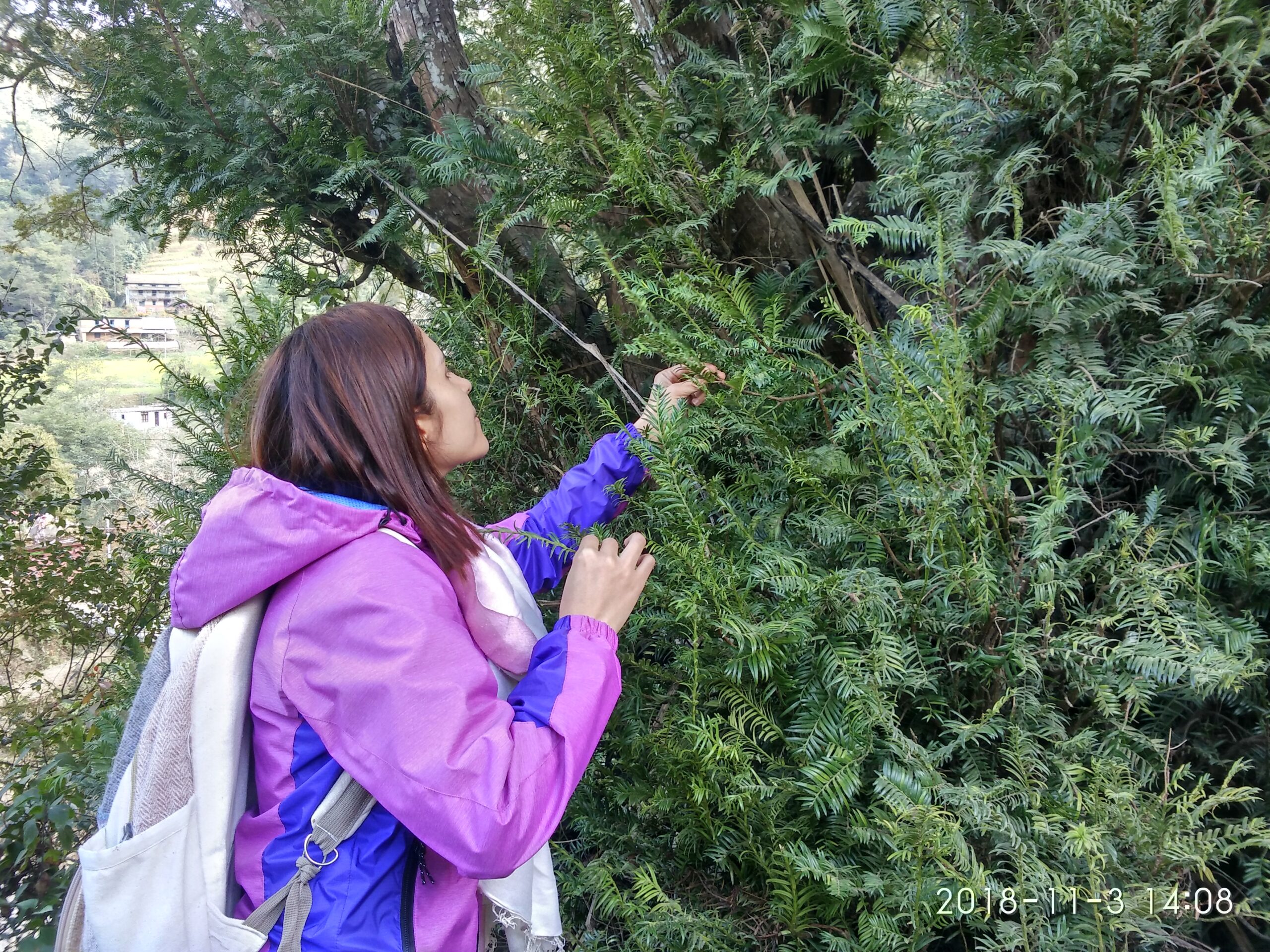
To combat this the EDGE programme, in collaboration with Kew Gardens and Fondation Franklinia is training and supporting future conservation leaders, EDGE Fellows, to implement conservation action on these unique and threatened plants. This ensures special and localised conservation attention for gymnosperms and the first projects, starting this year, focusing on threatened species found in Asia.

There are three EDGE Fellows which started this year. Reshu Bashyal of Nepal is working to conserve the Vulnerable Maire’s Yew (Taxus mairei), whose twigs and leaves are used to make wine and tea. Arjun Bhusal, also of Nepal, is focusing on the Endangered East Himalayan Yew (Taxus wallichiana), chemical compounds from which are used in anti-cancer treatments. Finally, Genius Teron of India who is working with the Endangered Assam Catkin Yew (Amentotaxus assamica), which is used for timber and firewood. All three species face extinction due to overexploitation and habitat loss.
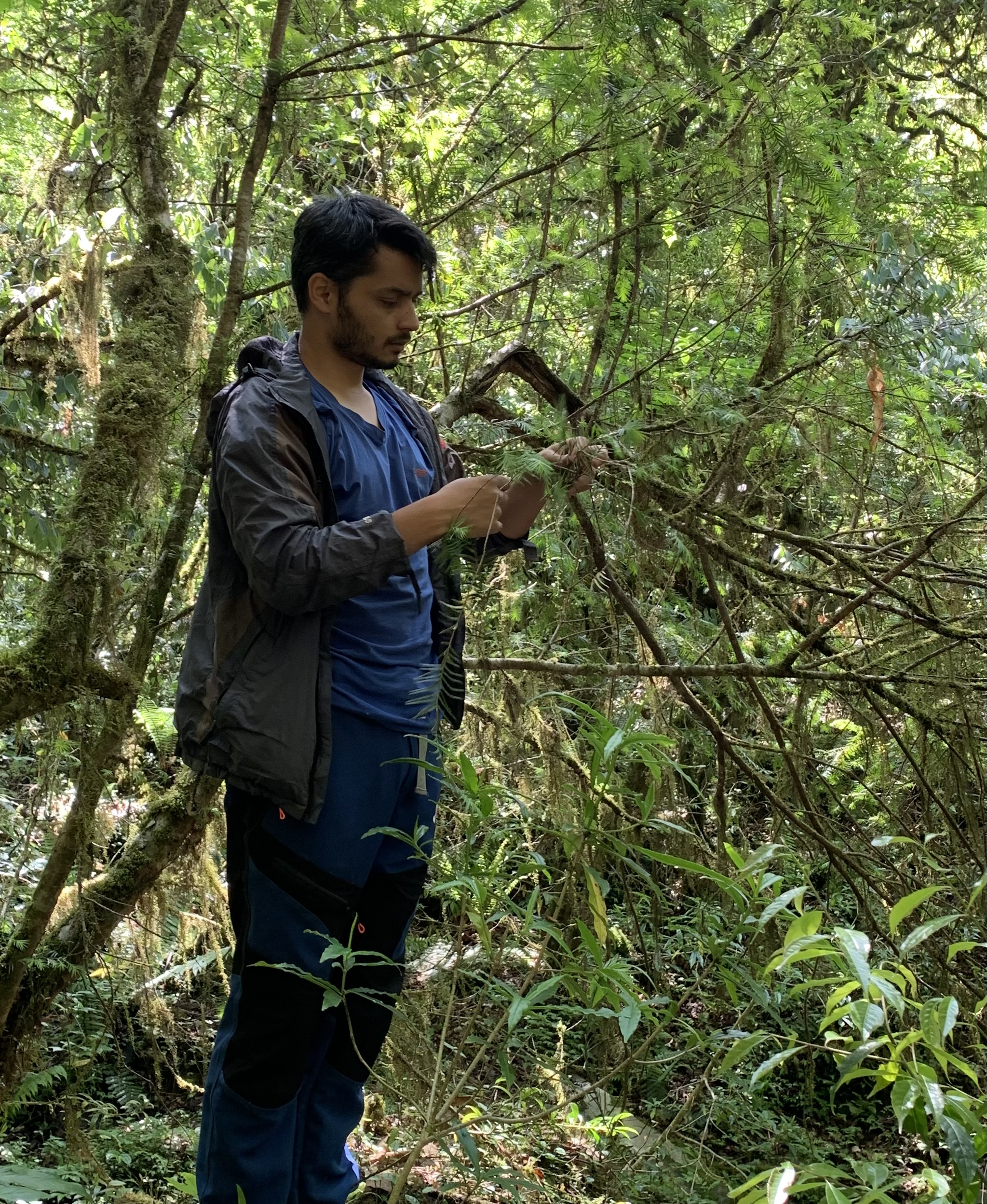
The full list of EDGE Gymnosperms is available for download here.
